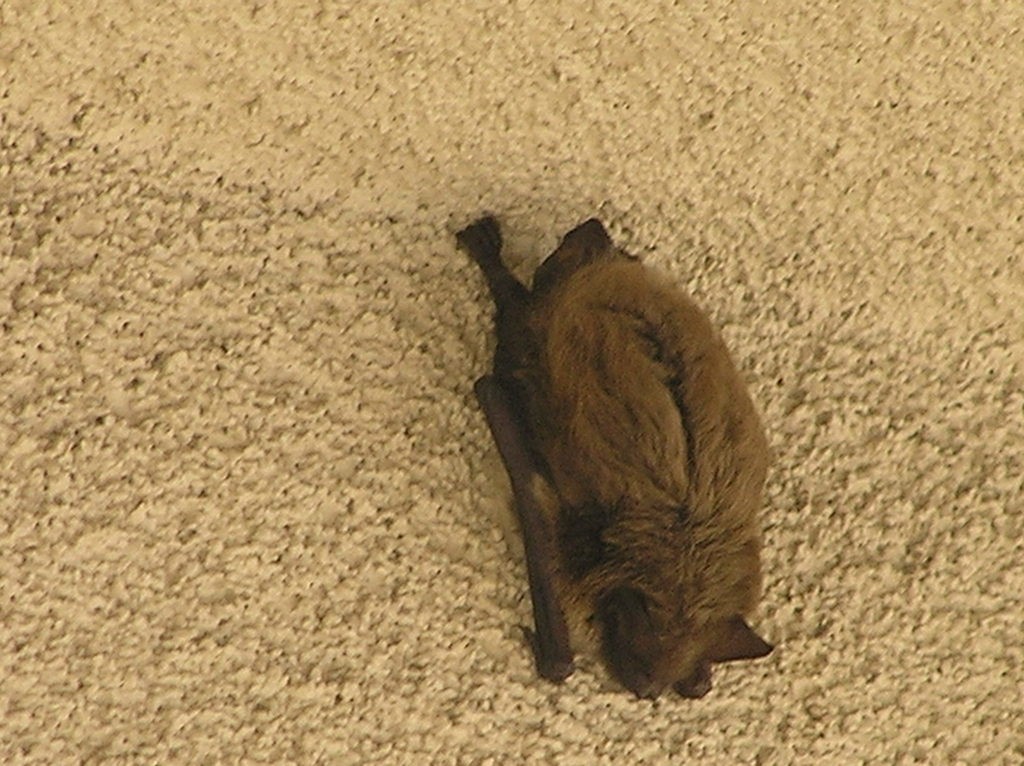Little brown bat
A species of Mouse-eared bats Scientific name : Myotis lucifugus Genus : Mouse-eared bats
Little brown bat, A species of Mouse-eared bats
Botanical name: Myotis lucifugus
Genus: Mouse-eared bats
Content
Description People often ask General Info
 Photo By silversea_starsong , used under CC-BY-NC-4.0 /Cropped and compressed from original
Photo By silversea_starsong , used under CC-BY-NC-4.0 /Cropped and compressed from original Description
The little brown bat usually sticks to forests throughout North America, but can also be found in the attics and roofs. They are commonly found near bodies of water because they feed on aquatic insects. Farmers are fond of the little brown bat for its ability to control pests - a single bat can catch up to 1,200 bugs per hour during peak times!
Size
8 - 10 cm
Life Expectancy
34 years 
Nest Placement
Building
Feeding Habits
Little brown bat is nocturnal and consumes arthropods including beetles, flies, and moths. It typically forages at night, hunting various insects, and eats more during late pregnancy to meet energy needs.
Habitat
The little brown bat lives throughout much of North America. In the north, its range extends as far west as Alaska and across much of Canada to Labrador. In the south, its range extends to Southern California and across the northern parts of Arizona and New Mexico. Historically, the largest known aggregations of this species occurred in the karstic regions of the Eastern United States. 
Dite type
Insectivorous
People often ask
General Info
Feeding Habits
Bird food type
Behavior
Little brown bat is a nocturnal species that primarily feeds on insects in flight, using echolocation for navigation. It hibernates in caves and mines during the winter months. Its social behavior includes forming maternity colonies in the summer. Little brown bat's territorial claim is not pronounced, favoring mobility to forage over a wide area. It exhibits an unusual behavior of 'swarming' prior to hibernation, where large groups fly around entrances of hibernacula.
Species Status
As of 2018, the little brown bat is evaluated as an endangered species by the IUCN, a dramatic change from 2008 when it was designated as the lowest conservation priority, least concern. Until recently, the species was regarded as one of the most common bats in North America. However, a serious threat to the species has emerged in the form of a fungus-caused disease known as white-nose syndrome. 
Scientific Classification
Phylum
Chordates Class
Mammals Order
Bats Family
Evening birds Genus
Mouse-eared bats Species
Little brown bat